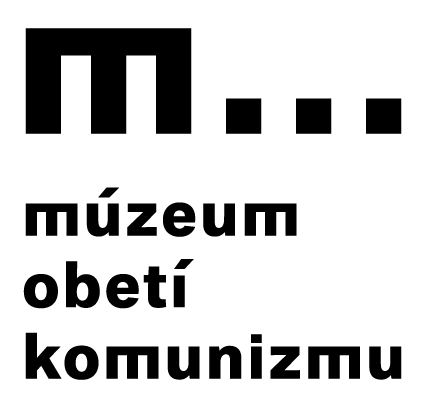The main exposition is located in the basement of the right wing of the building. The exposition is divided by walls, on which we can find panels with categories of victims. In every part, there is a TV with video-testimonies of the victims.
A hope found in the suffering
A grand exposition open at occasion of the Remembrance of the Victims of the Communist Regime to peek into lives of those imprisoned and tortured by the regime.
”We have to acknowledge the realities of our history. We have to prevent such terrible things from happening again.
Pavol Hric, director
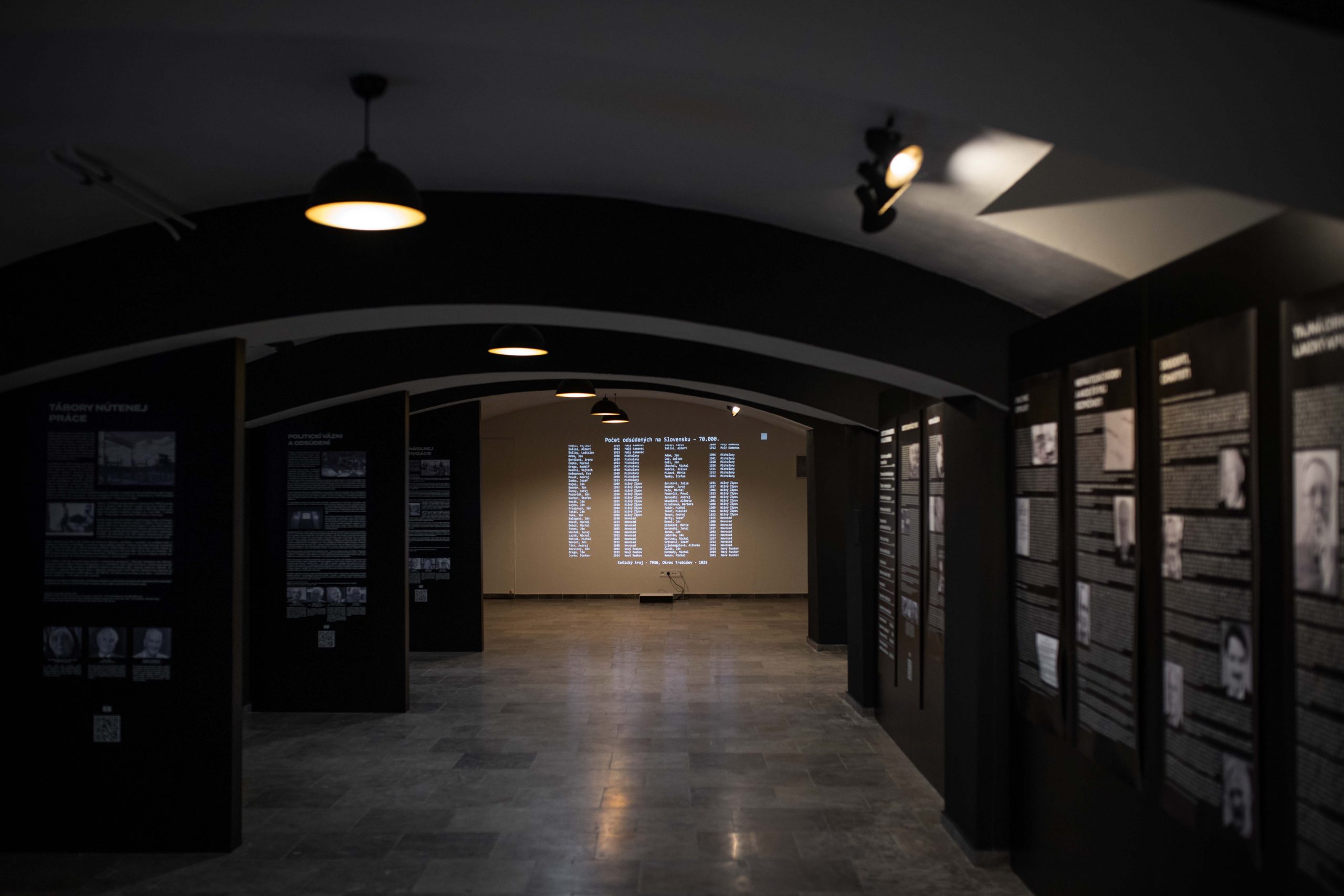
On four TV screens one can see eight categories of testimonies. Names of the convicted for political reasons are being projected onto the central wall. The names are shown in two columns, and the total length of the projection of 12 hours.
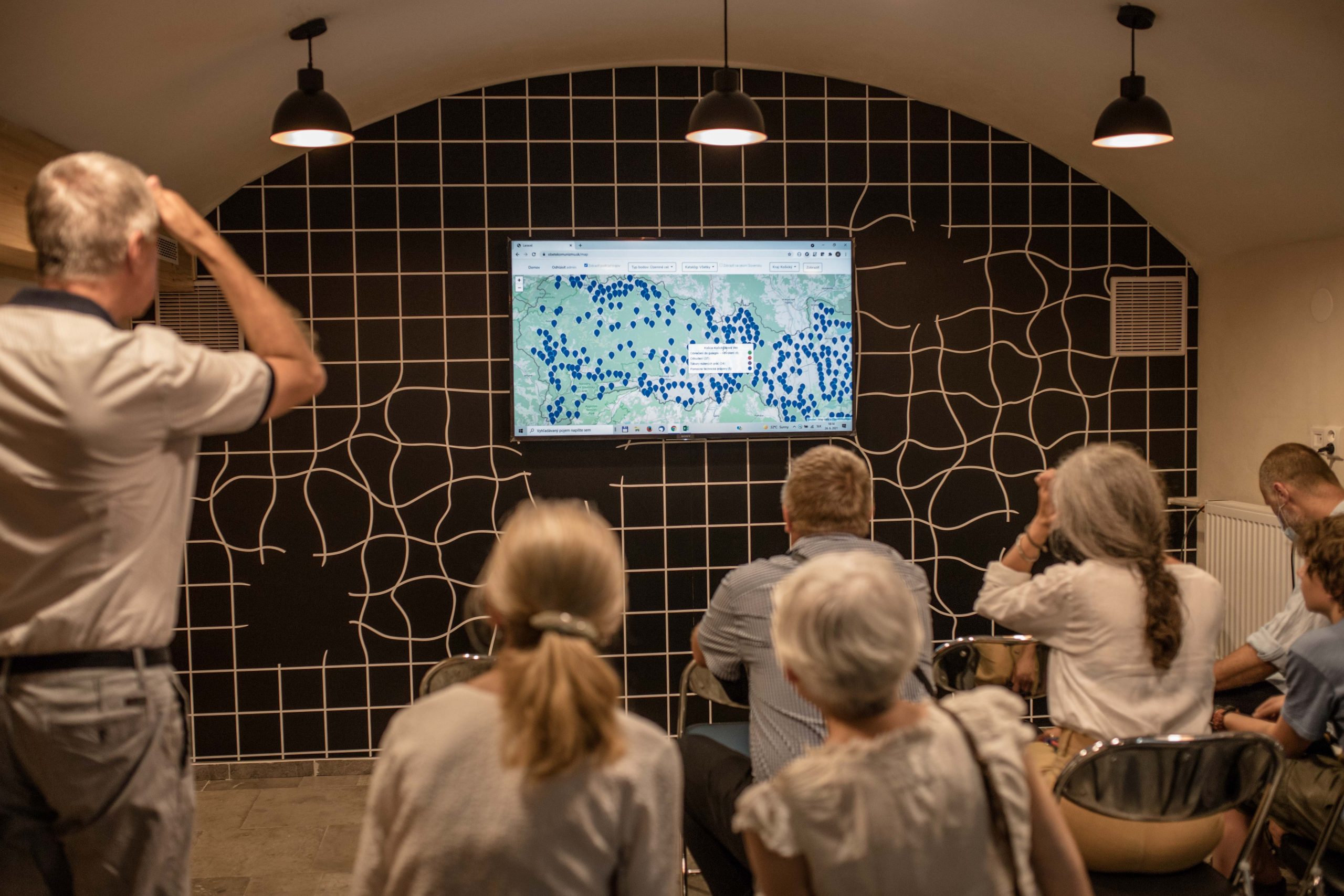
The screening room is used for projection of short documentary films. It is also a lecture room, where some of the topics from the exhibition, or a testimony, which the visitors hear, can be discussed together with the guide.After the initial tour, there is an interactive map, where one can find specific town or village and a list of the persecuted people.
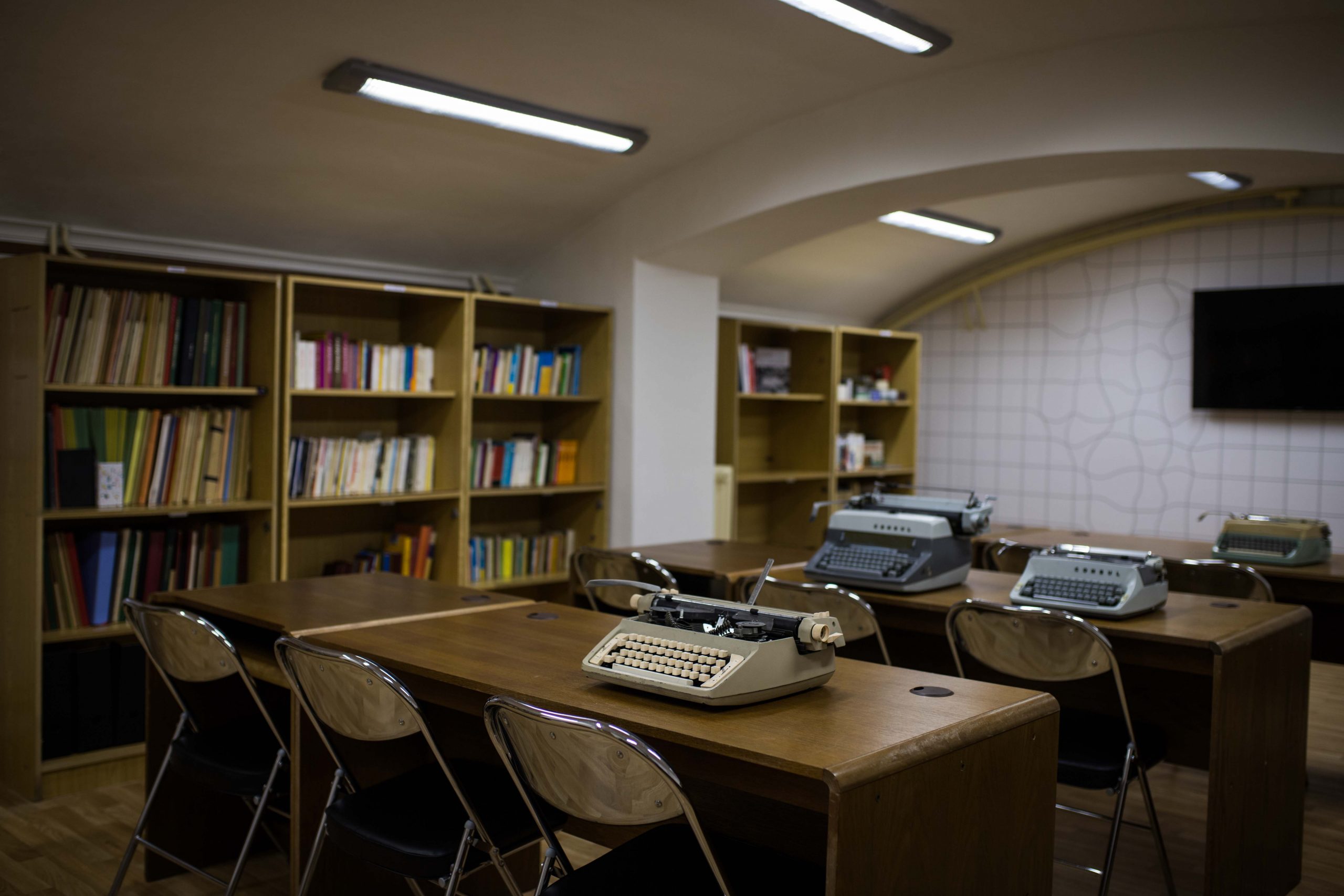
Illicit publishing, copying and propagation of books and periodicals that were forbidden by the regime.
The samizdat library of Rudolf Fiby contains collections of periodicals, books and other texts, and also contains exile literature, that was forbidden and was illegally imported from abroad.
In the library there are also audio recordings, either from foreign broadcast, or from private lectures or sermons. A special collection of VHS recordings of foreign films with samizdat dubbing can be found here.

The studio, built by CREATIVE PRO, is not completely a part of the museum, but after an agreement, it can be used for discussions with historians or witnesses of the persecutions. The opening of the Museum was held here on 24. June 2021.
About us
Museum of the Victims of Communism was founded based on the initiative of a group that feels a lack of information in the society, especially in the younger generation, which does not have a / first hand/ experience of the communist regime till 1989.
The Museum of the Victims of Communism is designed with a „building part“ and also with virtual access, to relate information about the period of oppression. It has an ambition to become a multimedia museum by using audio-visual tools, but also using classic information panels and small expositions regarding the presented themes. The technical equipment of the museum is allowing it to be flexible in terms of changes to the focus of a theme of an exposition, which is required by today´s information society.
The museum is situated in a former burgher house in the Košice Old Town district. It has three rooms with almost 400m2 at its disposal. Underneath the building is the main exposition room for the presentation of various themes. Within the second wing of said building is situated the library of samizdats and exile literature. The room on the first floor is used as a lecture hall, where the Museum of the Victims of Communism shall be officially opened.
The primary focus group, to which the museum is geared towards, is high-school students, but also other groups of younger and older people. Within the main exposition room and also in the samizdat library we can find „classrooms“ where the visitors can hold a discussions about the presented themes, either with their history teacher of the museum guide.
At the time of opening the current exposition is focused on categories of the victims of communism and different forms of persecution that thousands of people had to endure from the representatives of the communist regime.
Testimonies of communism's victims
Contact
Address
Moyzesova 24, Košice 040 01, Slovenská republika
Phone number
Our partners






Written about us
Košice overtook Bratislava; they have the first Museum dedicated to victims of communism there. A sign at the entrance “Victims of communism paved the way for today’s freedom” informs the incoming visitor. But only after passing through the exposition one can fully appreciate the seriousness of these words.
František Mikloško, Štandard, June 25, 2021


